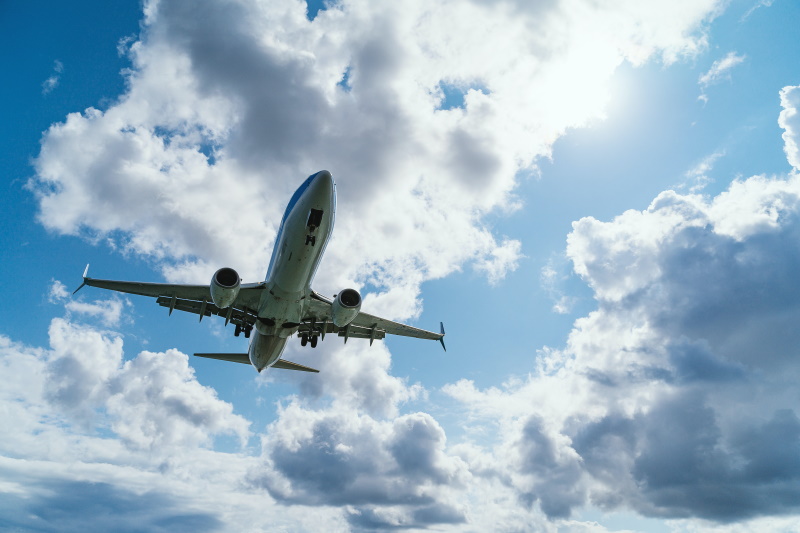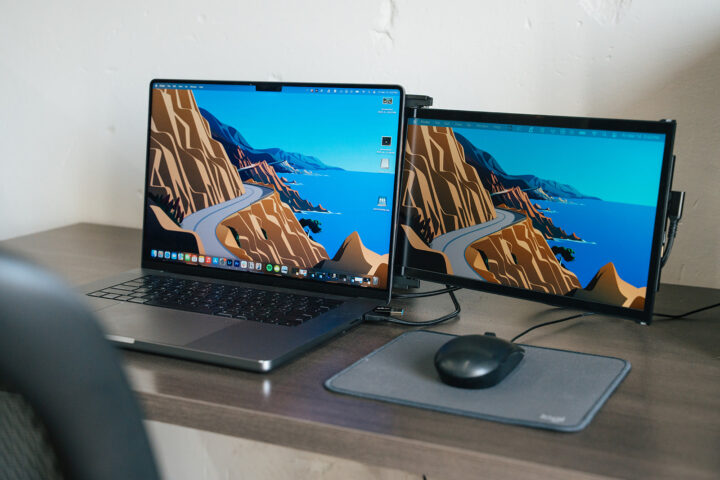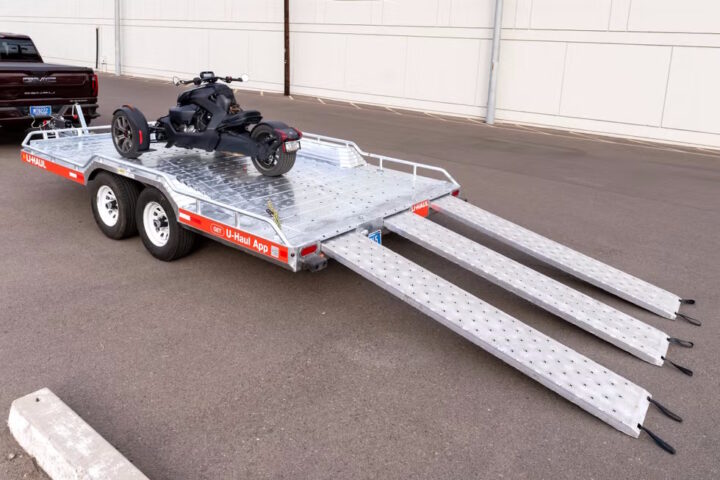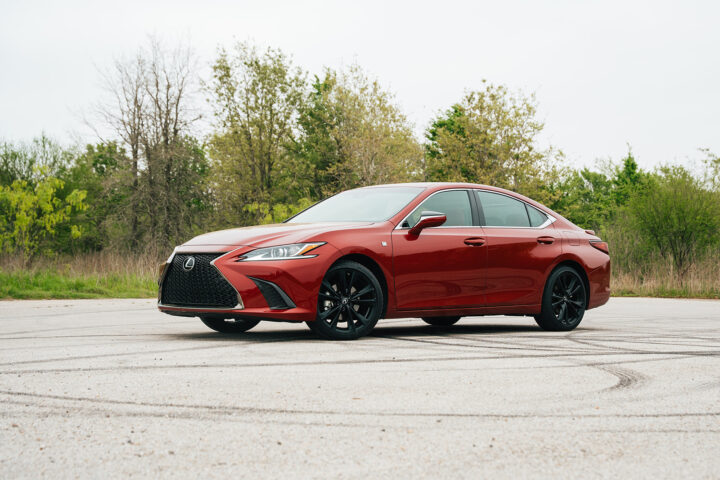TGR Staff
Flying on a plane is one of the most convenient ways of traveling in the world. Imagine a world without air travel, so many destinations would be cut off from us forever! It’s amazing to think that, in just a few hours, you can be in a completely different continent touching down in an amazing country that’s so different from your own.
Having said that, there’s a lot about air travel that most people don’t understand. On the face of it, it’s as simple as searching for flights and booking your seats. However, there’s much more to it than this! Today, we’re bringing you a guide that tells you everything you need to know before flying to your next travel destination. This includes the flight options, different travel classes, restrictions, and so on. Carry on reading to find out more…
The different airline classes:
First things first, what are the different airline classes? Well, the actual first thing is to define what an airline class is! Effectively, this refers to where you are sitting on the plane. All airlines will have at least one class for you to fly, and this will be a specific part of the plane for you to sit. The various classes differ in how expensive the tickets are, which typically means the more costly they get, the better your seat will be.
Some airlines will only have one class available, but others have a selection for you to choose from. Here are the main airline classes you’re likely to see:
Economy/Coach
Economy and coach both refer to the same airline class, and it is the cheapest one available to you. Here, you get the most affordable seats and will usually be in a row with at least one other person sitting next to you. Legroom can vary from airline to airline, and you generally have no other home comforts to entertain you on your journey. Depending on the airline and the flight duration, you might have a screen on the back of the seat in front of you to look at and watch things on.
In a lot of cases, when an airline only has one type of class, it will be economy/coach. These tend to be the cheapest airlines available because they don’t offer premium tickets.
Premium economy
A step up from economy, premium economy usually grants you some added benefits. This typically includes wider and more comfortable seats, more legroom, and just a general sense of added comfort. You also might find these seats in more ‘desirable’ locations, like closer to the front of the plane. Again, it differs from airline to airline, but some will offer things like better food and more baggage than you get in regular economy class.
Business
Business-class is yet another step up, and this is where things start to get fancy. It is seen as the middle-man between premium economy and first-class, giving you a whole new level of comfort at a more affordable price than you get in first. In fact, some airlines have completely done away with their first-class offerings and have replaced them with business classes. This is because the level of luxury and comfort in business class can almost rival what you get in first class.
Generally, business class flights will give you personal space so you are sitting on your own, rather than in a row next to other people. You also get more legroom, a more personal dining experience, and a whole load of amenities. Some of the seats recline all the way back, you get free flight kits that include things like slippers, eye masks, earbuds, and grooming stuff. Airlines like Emirates deliver a business class experience that’s so incredible it more than trumps the first-class offerings from most other airlines.
First
Finally, you have first-class. Here, things get taken to the absolute extremes. Not all airlines offer this; it’s typically the big planes on international flights. You get a level of comfort that exceeds what you expect when traveling via a plane. Comfy seats that recline, more privacy than ever before, and access to exclusive bathrooms or bars on the plane. It takes everything you get in business class, then moves it to another level.
On some planes, this can feel like you have your own private hotel room in the sky. Usually, when an airline offers both business and first-class, there’s still a significant jump up to the epitome of luxury when flying first.
Flying privately:
The natural thing to wonder is how does private jet charter work? What tends to happen is you find a private charter company, then inquire about any bookings. They find a jet for you and tell you which airport to go to. From here, you travel to the airport but can bypass all the security and lines because you’re leaving from a separate part of the airfield. The jet flies you to your destination, and you charter it for the return leg if required.
This can be more expensive than commercial airlines, but you get the benefit of it being a more private and enjoyable experience. There are no lines in the airport to stress about, you can pretty much bring as much luggage as you want/need, and you don’t have to deal with crying babies on the flight! You also typically pay for the jet itself, so you can split the costs of the flight between whoever is flying with you. This makes it more affordable, and it could work out at maybe cheaper than first-class tickets on some flights.
How big are most planes?
Honestly, it depends on the airline you’re flying with. There are loads of different planes out there, and the Airbus A380-800 is generally seen as the largest commercial plane in existence right now. It can hold 853 passengers, which is a staggering amount of people all on one plane. Before COVID-19 hit, there were around 250 of these planes every day. Sadly, a lot of airlines are retiring their fleet of A380-800s because of the pandemic, but we shall see what happens in the future.
At the other end of the scale, you can get some commercial airlines that only seat around 100 or so people. It really depends on where you are flying; the shorter the flight, the fewer seats you are likely to see up for grabs. As a general rule, the larger a plane is, the more comfortable it will be, and the less turbulence you tend to suffer from. This is because the size of the plane makes it hard to move around or feel anything if you hit some turbulent airways.
What are the luggage rules?
Well, the luggage rules for each airline can differ substantially. If you are planning a trip, it is well worth looking at different airlines to get a clear view of what they allow.
As a general view, most airlines let you bring an item of hand luggage on the plane for free. The exact size of this can vary – some airlines allow a small suitcase, while others allow nothing larger than a backpack or laptop bag. You usually have to pay a bit extra to unlock a larger hand luggage allowance in those cases.
Then, as far as hold luggage goes, most airlines offer fees based on how heavy your bags are. The heavier your bags, the more expensive they will be. Again, this is a generalization, but the majority of airlines offer a price for luggage up to around 16kg, 25kg, and then heavier.
Always be sure to check the luggage costs as you can find that one airline might have more expensive tickets, but they work out cheaper when compared to another airline because the other airline has expensive luggage costs.
How can you save money on flights?
Air travel can be expensive, but there are ways to save money on flights. For starters, you can use flight comparison sites to see all the available tickets from different airlines. Then, it can often be cheaper to drive to an airport that’s further away as they offer cheaper tickets that still work out cheaper than the ones from your closest airport even when factoring in the travel costs to and from the one further away.
Secondly, consider splitting a return trip into two direct flights – one from one airport and one to another. Again, it can sometimes work out cheaper to fly to and from different airports.
On that note, we’re at the end of this guide to air travel. Hopefully, you have learned everything you need to know before traveling to your next vacation destination.























